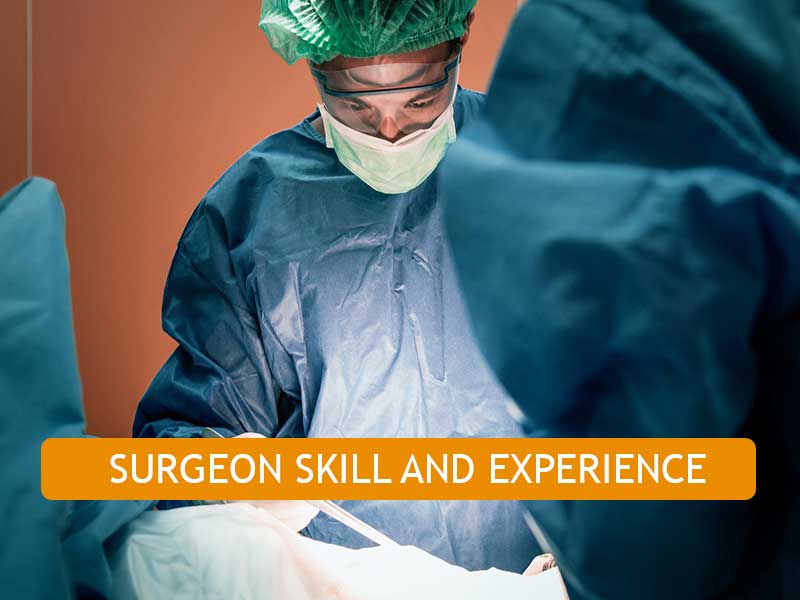In this blog post, we will focus on what’s the revision rate in rhinoplasty
Definition of Revision Rate
The revision rate in rhinoplasty refers to the percentage of patients who undergo a second surgery in order to correct or improve the results of the initial nose surgery. It serves as an important metric for evaluating surgical outcomes and the factors that may lead patients to require revisions.
Factors Influencing Revision Rates:
Surgeon Skill and Experience

The skill and experience of the surgeon plays a major role in rhinoplasty revision rates. Less experienced surgeons often have higher rates ranging from 5-15%, while more experienced, specialized rhinoplasty surgeons tend to maintain rates under 5%. The complexity and consistency of techniques used also impacts outcomes.
Patient Expectations and Communication
Unrealistic patient expectations that do not align with what can be safely achieved surgically can increase the chances of dissatisfaction and desire for revision. Clear pre-operative communication about anatomical limitations and setting appropriate goals is key.
Anatomical Complexity and Variability
The complexity of underlying nasal anatomy and variability among patients contributes to the intricacy of rhinoplasty surgeries. Issues like thick skin, weak cartilage, or revision of previous surgery can prove challenging and may require revisions if issues arise post-operatively.
Postoperative Care
Closely following postoperative care instructions for wound healing, activity restriction and avoiding trauma to the tissues can help prevent issues leading to unnecessary revision surgeries in some cases.
Research and Statistics on Revision Rates
Recent studies on primary open rhinoplasty have cited revision rates between 5-15%. One meta-analysis reported an average rate of 8.9%. Studies have illuminated some trends in rates:
- Pediatric patients tended to have higher revision prevalence
- Male patients had slightly higher revisions
- Alloplastic implants resulted in more revisions later on
- Most revisions occurred in the first year after surgery
Reasons for Revisions
The majority of rhinoplasty revisions address aesthetic or functional issues stemming from the original surgery:
Cosmetic
- Persistent or new asymmetries
- Overly reduced, pinched tip
- Pollybeak deformity
- Overly rotated or under-rotated tip
Functional
- Nasal valve collapse
- Persistent nasal obstruction
- Septal perforation
By analyzing the influential factors leading to revisions described above and tailoring surgical plans for individual patients, surgeons can help reduce overall rhinoplasty revision incidence. Careful postoperative care is also essential for avoiding preventable issues. Further research on techniques and implant materials may provide additional guidance on producing consistent, long-lasting results from the initial surgery. With advances in both surgical skill and technology, we may see a continued downward trend in revision rates in the future.
you can see revision rhinoplasty in here:



